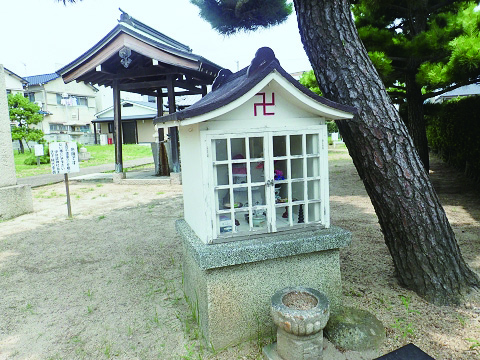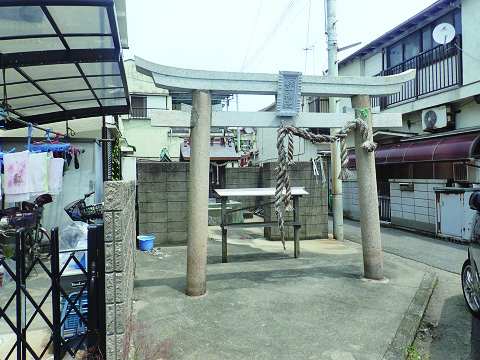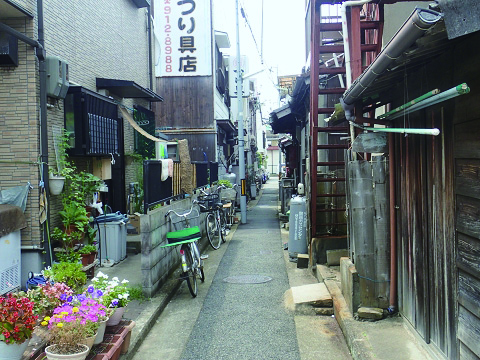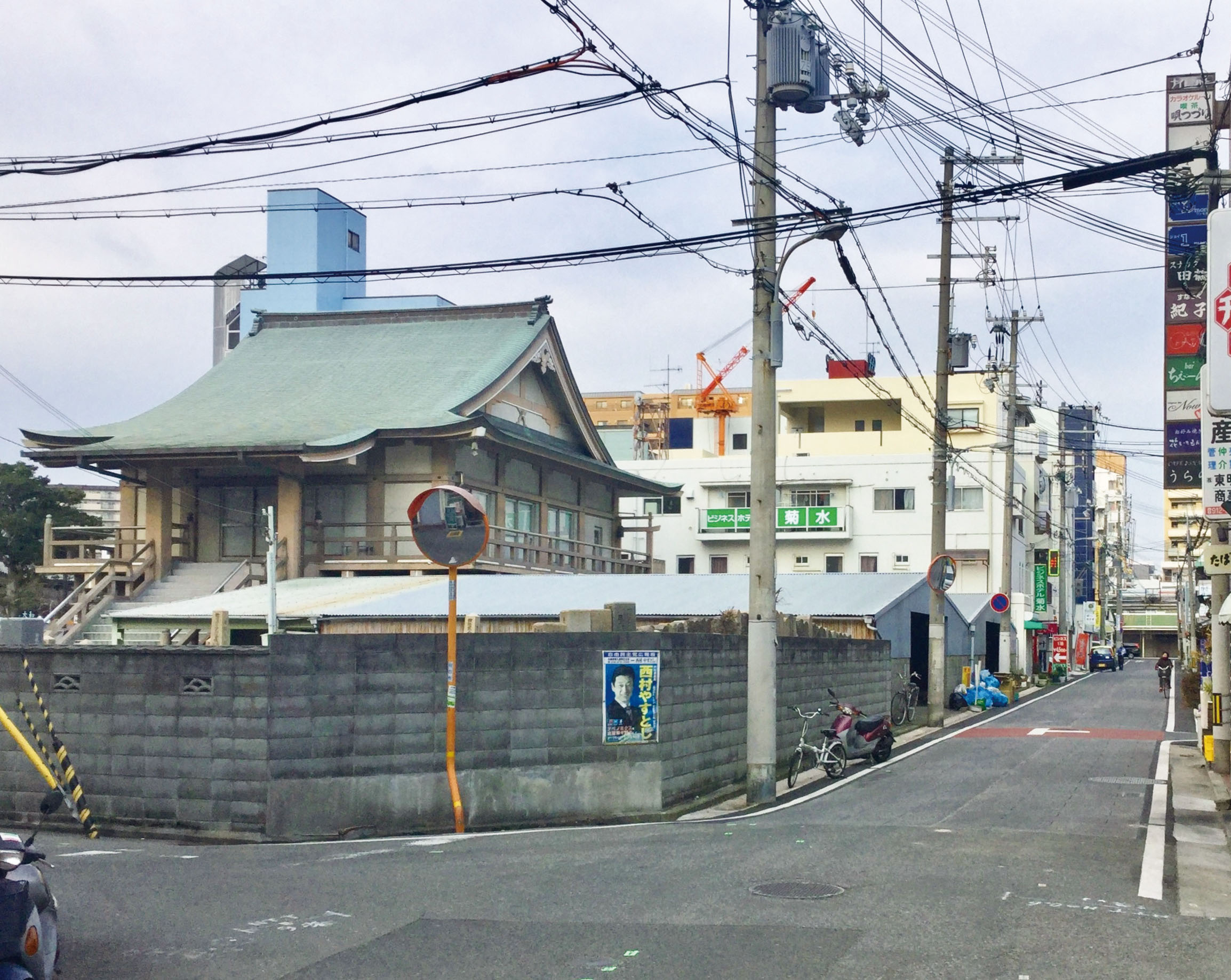
castle town
【trivia01】the statues of Jizo in the town
Common people believe in nearby Jizo to ask solvation of their sorrow or pain. The word Jizo is freely translated Sanskrit Ksitigarbha or the mother’s placenta of the earth into Japanese, the earth strage, and Jizo is widely called Jizo Bosatsu. Jizos have a variety of answering prayers. Namely Koyasu Migawari Jizo will become substitute for pain of people who are suffered from trouble, in addition Roku Jizos stand at the entrance of Roku-do or six kinds of annoyance, hell, starving beast, Asura or frenzy, human being and heaven, also relieves people’s agony. Each of Jizos is enshrined as various styles at the temple, at the corner of the town, on the road, at the house and so on. The statue of Jizo is wore a red hood and a red bib because of custom of amulets that keep children from evil. On the day of Jizo-bon in summer, children make a pilgrimage to Jizos in the town so that they get snacks. Jizo watches us common people and grants us wishes on everyday life.


